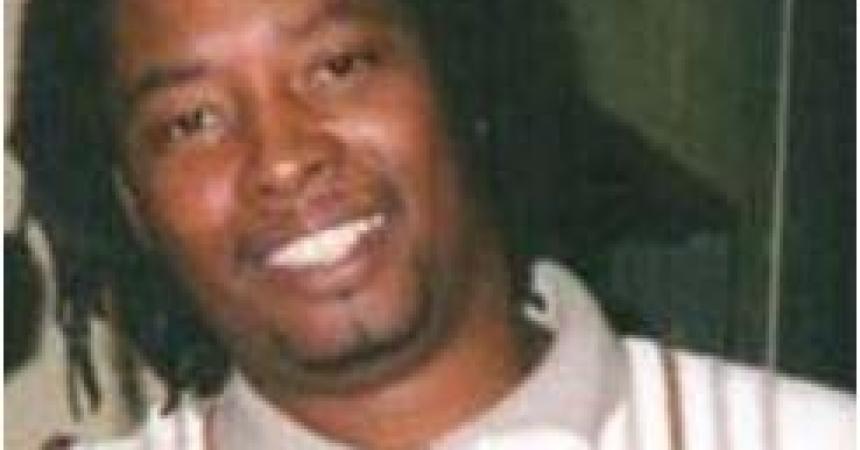
University of Cincinnati Officer’s Bodycam Was Crucial to Murder Indictment: Officials
By Erik Ortiz
NBC News
Officials in Cincinnati say a university police officer, who shot a driver to death during a routine traffic stop, probably would not have been indicted for murder without a critical piece of evidence — video from a camera worn by the cop.
“We’re glad that we did have it,” Cincinnati Police Chief Jeffrey Blackwell said on MSNBC on Wednesday.
University of Cincinnati Officer Ray Tensing claimed in an incident report that he was dragged by Samuel Dubose’s car during the July 19 stop, officials said. Tensing, 25, said he was “almost run over by the driver of the Honda Accord and was forced to shoot the driver with his duty weapon.”
But bodycam video told a different story, prosecutors said.
In the footage, which was released Wednesday, the officer approaches Dubose’s 1998 Honda Accord after pulling him over for missing a front license plate. Tensing asks Dubose, 43, for his license, which the driver says he doesn’t have on him.
The stop escalates when Tensing asks him to get out of the car, and a scuffle ensues. Without warning, the officer shoots Dubose in the head while he is still behind the wheel, and the car accelerates down the road.
In announcing the murder charge, prosecutors said that Tensing wasn’t dragged, and that use of force — much less deadly force — was unnecessary.
“I was very disturbed when I saw it,” Blackwell, whose department investigated the shooting, said on MSNBC. “I think the video speaks for itself.”
Tensing, who has been fired, turned himself in on Wednesday. Tensing was arraigned on July 30 where he pleaded not guilty and faces 15 years to life in prison if he’s convicted.
Tensing’s lawyer, Stew Mathews, contested prosecutors’ account.
“He was afraid that he was going to lose his own life,” Mathews said. “He thought he was going to be run over by Mr. Dubose’s car. It sped away.”
He added that a bodycam worn by another officer who arrived on the scene shows Tensing lying on the pavement, which “supports the fact that he was thrown off the vehicle in some fashion.”
Mayor John Cranley said the episode shows that all officers should wear cameras.
“Body cameras brought not a certain agenda, but the truth,” Cranley said on MSNBC on Wednesday, adding, “In this case, as the prosecutor said, the truth turned out to be murder.”









